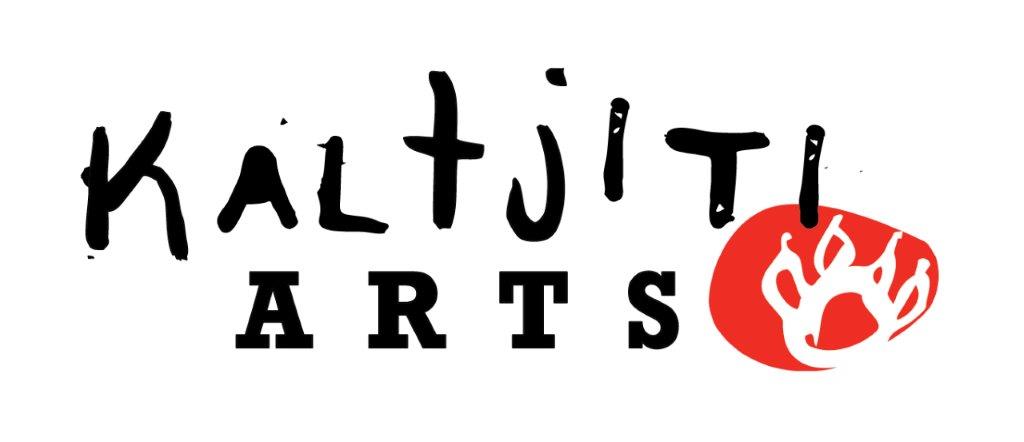Mungawinki kukaku ankuntja
Early morning: going hunting
Mungartja kukatjara malaku pitjanyi
Afternoon: coming back after hunting
Mungartji Mungantji kukaku patara nyinanyi warungka pauntjangka
Dusk: getting ready to eat before bedtime
Mungamaruringu kunkunaritjaku
Dark Night: everyone goes to sleep
2012
etching and screenprint on Hanhnemuhle Paper
69.5 x 49 cm each
Courtesy Kaltjiti Arts, Kaltjiti (Fregon) & Paul Johnstone Gallery, Darwin
© The artist and Kaltjiti Arts
These etching/screenprints were based on the last group of paintings and drawings completed by Tjilpi Kunmanara Kankapankatja in 2012, shown in an exhibition at Paul Johnstone Galleries in Darwin. They are depictions of family life as he experienced it irititja (long ago), before he saw whitefellas and when his family lived a nomadic lifestyle. The sequence is as follows:
Morning: Anangu leave the camp in the morning and go out in to the country looking for food and water in rockholes.
Afternoon: Anangu coming back after hunting. During the day adults teach the children, make a fire and cook for the children.
Late Afternoon: In the late afternoon the family prepare food before bedtime. The elders then sit and discuss events of the day and other matters around the camp fire at dusk.
Night time: When it is dark, everyone goes to sleep.
note: Kunmanara is a term of respect used to replace the first name of Anangu who have died.
Tjilpi Kunmanara Kankapankatja
Born: 1930 Walalkara
Died: 2012
Yankunytjatjara/Pitjantjatjara language groups
Art Centre: Kaltjiti Arts, Fregon
As a young man Kunmanara Kankapankatja worked as a fencer in his homeland, building barriers to prevent environmental destruction by camels. In caring for Country, he was an active agent in the preservation and management of sacred sites, as well as precious natural resources like soakages and waterholes. His knowledge and experience served as a benchmark for policy and practice in engagement with and maintenance of the region.
In 2004 Tjilpi began his career as an artist and painter. His theme was always of his traditional country of Walalkara and Ililya and as an expert tracker, his intimate knowledge of the land, animals and plants is evident in his work.
























